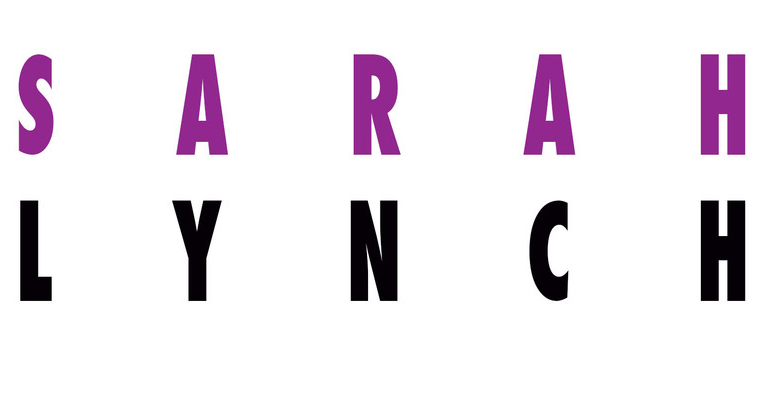Concrete Jungle, 2019
‘It is not only concrete that is affected by nature, but ‘nature’ is changed by concrete.’ [1]
Concrete Jungle is a visual investigation into the human impact on the land depicting large-scale human-made interventions. My work is focused on industrial estates, primarily a recycling facility for concrete. Concrete Jungle is an assemblage of intermingling materials documenting discarded and leftovers from our built environment. The photographs also point to a possible post-apocalyptic future.
Concrete is the most widely used material on earth, apart from water. [2] Concrete production has a huge environmental impact on the world with the intense use of natural resources and carbon dioxide emissions.
The chaotic forms in the image invite a comparison to the organic forms of nature. The repetition of similar images and their components play with our sense of perception.
[1] Forty, A. 2012. ‘Concrete and Culture’, Reakton Books, London, UK, pp. 59
[2] Watts, J. 2019. ‘Concrete: the most destructive material on earth’, The Guardian, 25 February.
Edition of 5+ 2 AP
Archival Inkjet Prints
111.8 x 80cm




